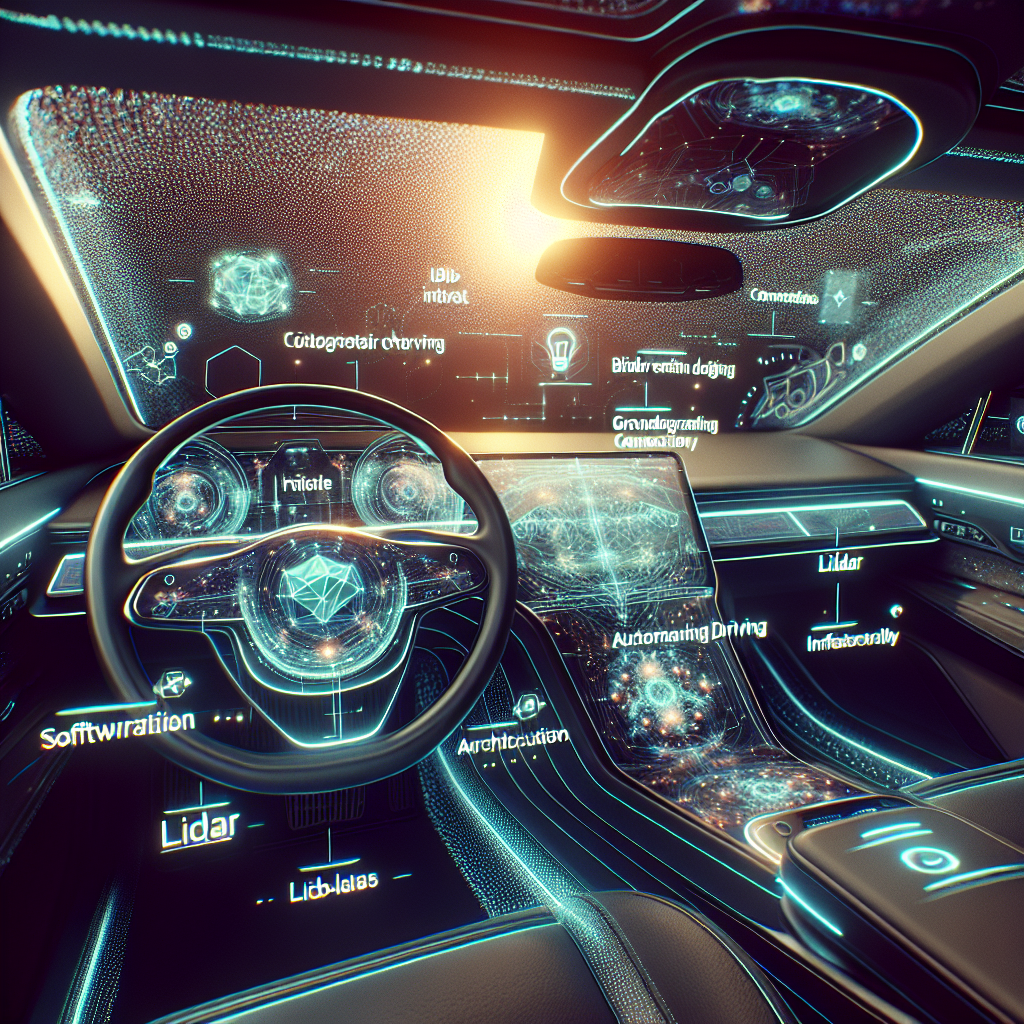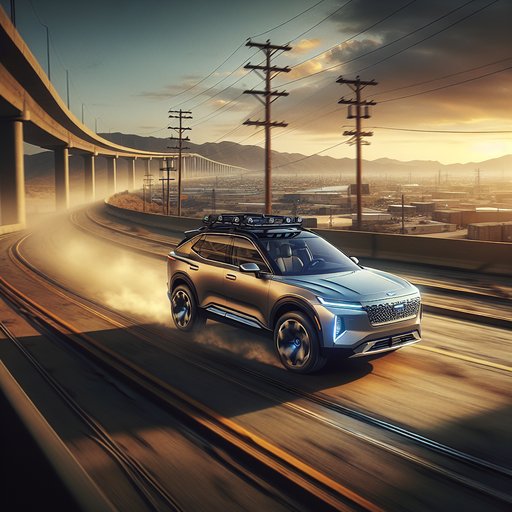
In a significant advancement for connected vehicle technology, Volkswagen has unveiled an extensive vehicle-to-everything (V2X) communication network across major European cities, marking one of the industry's largest deployments of intelligent transportation infrastructure [1].
The new V2X system integrates advanced AI-powered semiconductors that enable vehicles to communicate with infrastructure, other vehicles, and the power grid, representing a major step forward in smart mobility solutions. The system's bidirectional charging capabilities allow vehicles to both draw power from and feed it back to the electrical grid, creating a more resilient energy network [1].
This development comes at a crucial time as virtual power plants (VPPs) are experiencing unprecedented growth in the United States, reaching 37.5 GW in capacity. The integration of electric vehicles into these networks demonstrates the increasing convergence of transportation and energy systems [2].
Other manufacturers are also making strides in connected vehicle technology. Mercedes-Benz, through its technology partners, is advancing solid-state battery development, which promises to enhance the range and efficiency of connected vehicles [3].
Hyundai is similarly positioning itself in the connected vehicle space, focusing on both battery-electric and hydrogen fuel cell technologies to support advanced vehicle connectivity features [4].
















